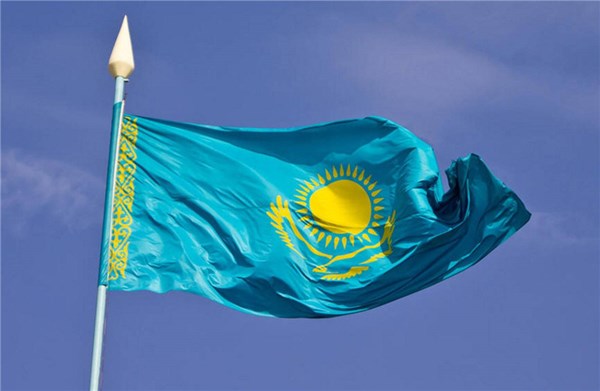Kazakhstan’s economic growth 6 times faster than Russia’s
Kazakhstan’s economy is reaffirming its status as one of the fastest growing economies not only among former Soviet states, but even in all of Central Asia, finanz.ru reports.
Amid the launch of the country’s largest oil field, Kashagan, and a boom in uranium mining, in which Kazakhstan has been number one in the world for seven years, the country’s GDP has been growing nearly six times faster than Russia’s.
At the end of January-May, government statistics placed the country’s economic growth at 4% per annum, at a time when the growth in Russia’s GDP has slowed to 0.7%.
Whereas last year, a similar rate was maintained by the increase in commodity prices, this year consumption is coming to the forefront, observes Kirill Mavrin from Sberbank’s Center for Macroeconomic Studies.
The real incomes of Kazakhstan’s citizens have grown by 7.9% in the last year, which is more than Russians have experienced in the last 12 years.
According to Russia’s federal statistics service, in the first quarter Russians grew 2.3% poorer in real terms. Over the last five years, incomes have fallen by 8.3%, negating half of the quality of life growth that was documented between 2008 and 2013.
At the start of 2019, Russians’ real incomes were 7.7% higher than 10 years ago.
The sharp spike in income in Kazakhstan is related to the raising of the minimum wage by 52% on the 1st of January, which affected an estimated 1.5 million people, Mavrin notes.
Furthermore, on 1 July the salaries of low-paid public sector employees is scheduled to increase by 30%, and by 25% for employees at the grass roots level. The changes will affect approximately one million Kazakhstanis.
Alongside oil extraction, which has increased by 40% in Kazakhstan since autumn 2016, the country’s economy is supported by uranium exports.
According to the US Department of Energy, Kazakhstan is the world’s largest miner of uranium, which is used for nuclear power plants after enrichment. Kazakhstan’s uranium production volume has grown by 170% since 2008, from 8,500 tons to 23,300 tons in 2017. This is nearly twice as much as is mined by the second largest exporter, Canada (13,300 tons). Nearly a third of all uranium mined in Kazakhstan is exported to the US, with this volume nearly doubling in 2018, from 4,760 to 8,690 tons.
A potential risk to Kazakhstan’s financial stability is the boom in consumer credit, Mavrin observes. Banks are issuing loans to physical persons at a rapidly growing rate, up by 19% year-on-year in April.
However, when the real incomes are growing consistently, the accessibility of credit products to the general population is “a natural process, which corresponds to the current economic conditions and is not an overload”.
